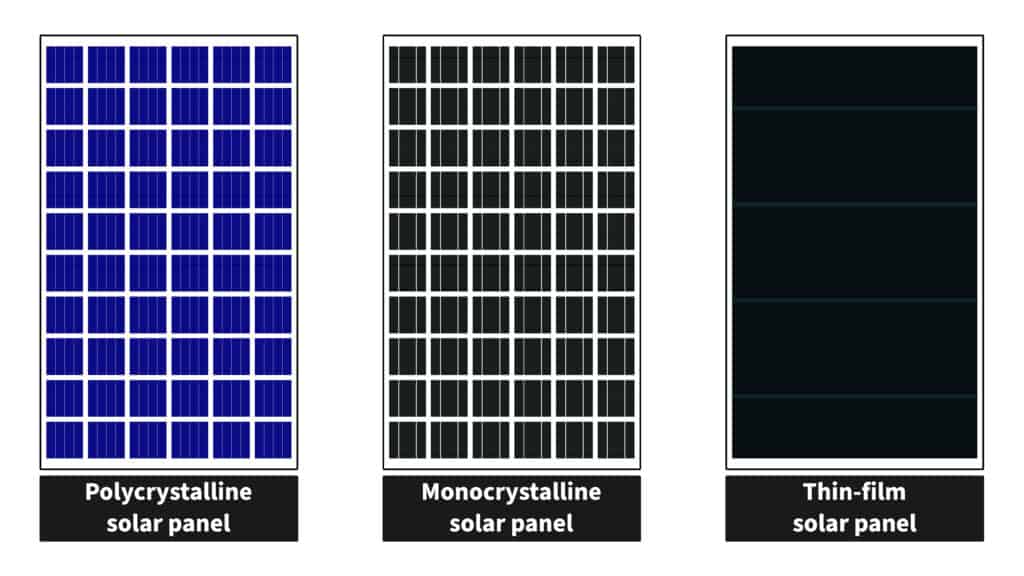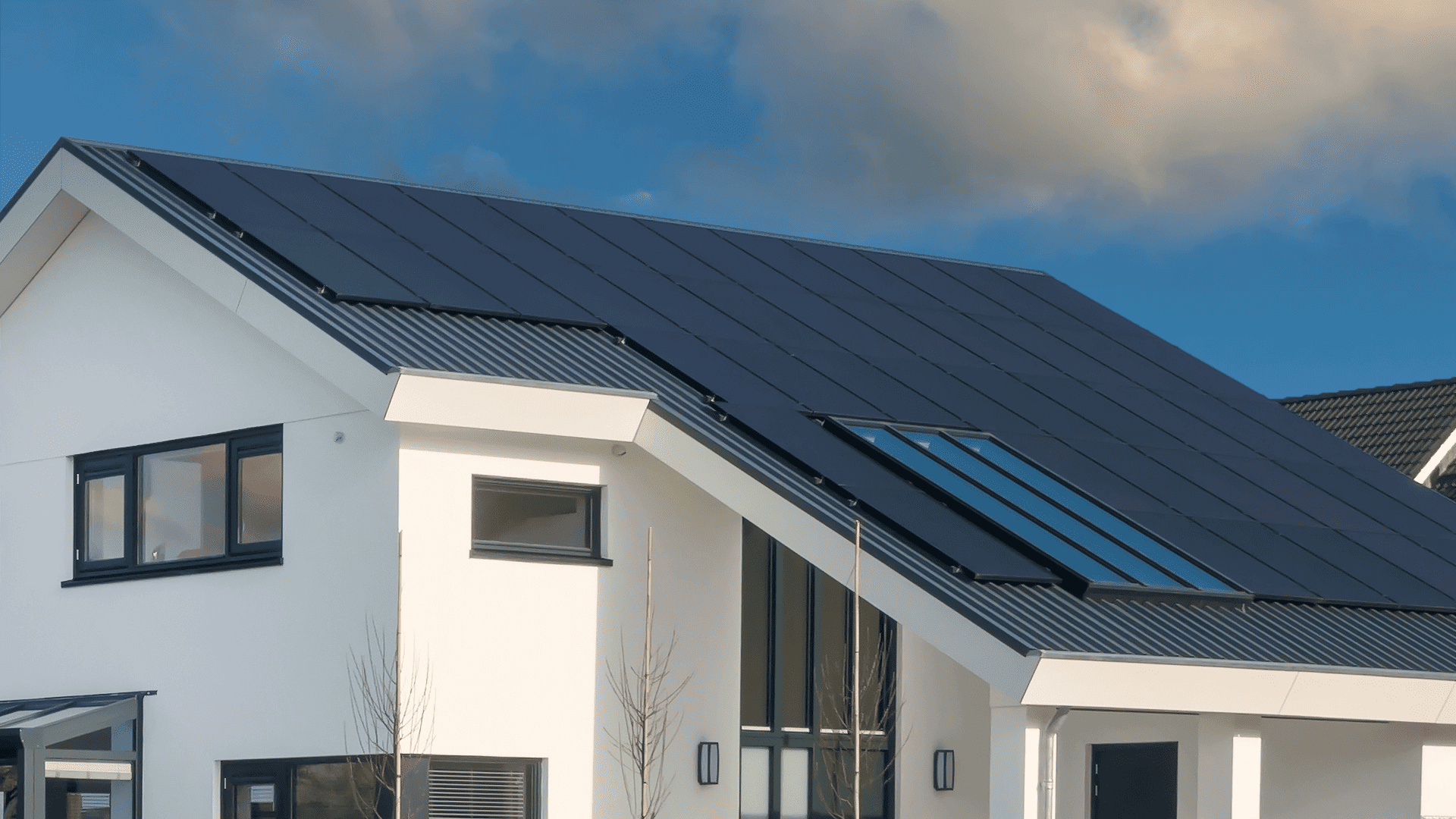As more homeowners turn to solar power as an eco-friendly and cost-effective energy solution, the market has witnessed remarkable advancements in solar panel technology. One of the exciting developments in this field is the emergence of thin-film solar panels. Today we will delve into what sets these solar panels apart from traditional crystalline panels and discuss the advantages they offer to homeowners.
Traditional Crystalline Solar Panels
Before we dive into the world of thin-film solar panels, let’s briefly touch upon the traditional crystalline solar panels. These panels are primarily composed of crystalline silicon, which is a highly efficient semiconductor material for capturing sunlight and converting it into electricity. They come in two main varieties: monocrystalline and polycrystalline. While crystalline panels have been a reliable choice for decades, they do have some limitations.
- Efficiency vs. Cost: Crystalline panels are known for their high efficiency, meaning they convert a significant portion of sunlight into electricity. However, this efficiency comes at a higher cost due to the complex manufacturing process and the use of pure silicon.
- Rigid and Heavy: Traditional panels are typically rigid and heavy, making installation more complex and expensive. Homeowners may need to reinforce their rooftops to support the added weight.
- Aesthetics: Some homeowners find the appearance of crystalline panels less appealing, as they can be bulky and stand out on rooftops.
Homeowners are increasingly gravitating away from crystalline panels due to several key factors. First and foremost, the cost-effectiveness of thin-film panels is a major driver, as they offer a more budget-friendly alternative without compromising on performance. Additionally, the flexibility and lightweight nature of thin-film panels make them easier to install on a variety of surfaces, seamlessly integrating with the aesthetics of homes. Thin-film panels also excel in low-light conditions, providing a more consistent energy output, which is especially attractive in regions with unpredictable weather. Overall, the shift away from crystalline panels reflects a growing desire among homeowners for a more versatile, cost-efficient, and visually appealing solar energy solution for their homes.

Thin-Film Solar Panels: A Modern Alternative
Thin-film solar panels offer a fresh perspective on harnessing solar energy. These panels are made using a thin layer of photovoltaic material applied to a flexible substrate, such as glass, plastic, or metal. The key advantages of thin-film solar panels for homeowners are:
- Lightweight and Flexible: Thin-film panels are incredibly light and flexible, making them easier to install on various surfaces. They can be integrated seamlessly into rooftops, building materials, or even curved surfaces, allowing for more versatile and aesthetically pleasing solar installations.
- Cost-Effectiveness: Thin-film panels are generally more cost-effective to produce than crystalline panels. They use less raw material and involve simpler manufacturing processes, potentially reducing the overall cost of a solar installation for homeowners.
- Better Performance in Low Light: Thin-film solar panels can perform better in low light conditions compared to crystalline panels. They can generate electricity on cloudy days or in shaded areas, ensuring a more consistent energy output.
- Durability and Longevity: While thin-film panels may have a shorter lifespan than crystalline panels, they are still durable and can last for many years. Manufacturers are continuously improving the durability of thin-film materials.
- Improved Aesthetics: Thin-film panels can blend in more seamlessly with a home’s architecture due to their flexibility and sleek design. This can be especially appealing to homeowners who value the aesthetics of their property.
Conclusion
As a homeowner considering solar energy options, it’s essential to understand the differences between traditional crystalline panels and the newer thin-film solar panels. While crystalline panels continue to be a reliable choice, thin-film panels offer unique advantages in terms of cost, flexibility, aesthetics, and performance in various lighting conditions. Ultimately, the choice between the two types of panels will depend on your specific needs, budget, and aesthetic preferences. Consulting with a Glyde Solar can help you make an informed decision and embark on your journey toward sustainable and cost-effective energy production for your home.
If you want to get the most of your investment, work with Glyde Solar to make your energy efficient dreams a reality.


